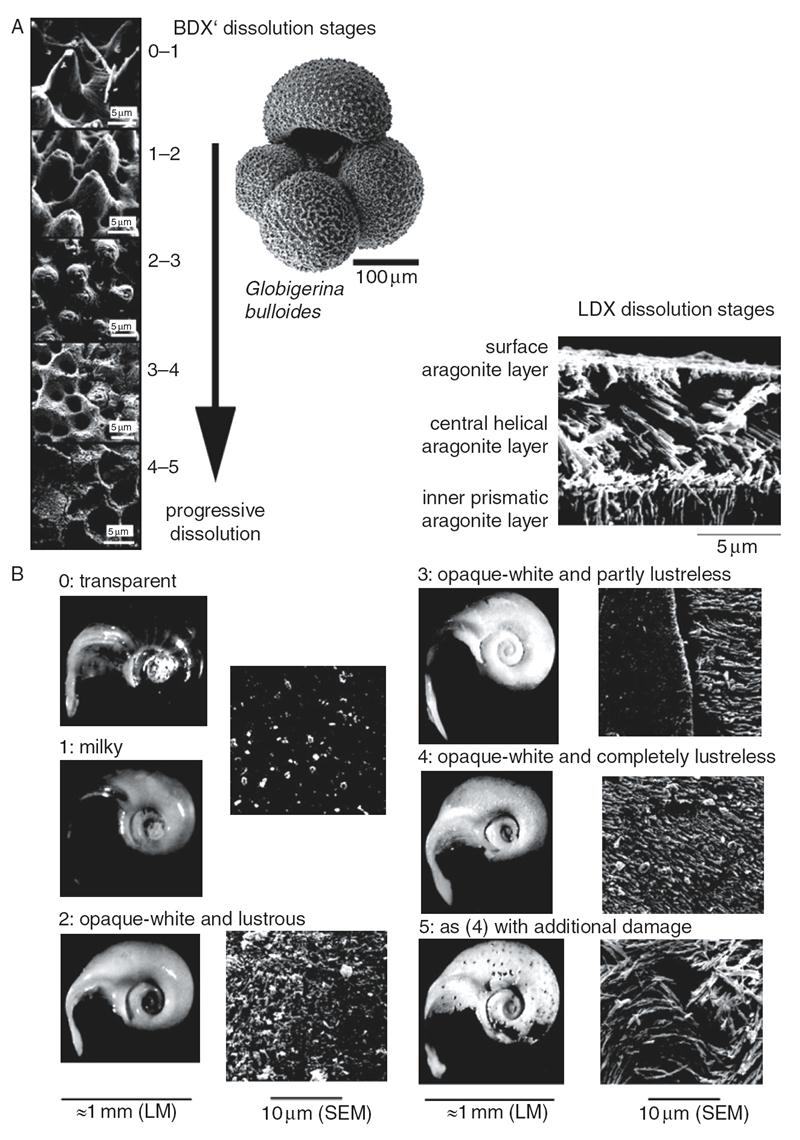|
The physical and chemical properties of the intermediate and deep-water masses are analyzed by default today on investigations of the stable oxygen and carbon isotope ratios, nutrients and various radionuclides'. This is in addition to research done since the 1960 in pioneering studies, which used the preservation of carbonate particles to reconstruct water mass corrosiveness of ocean currents.Here, a very wide range of methods and proxies with very different resolutions and accuracy were used. In several studies, focusing on improving calibration methodology, members of the Working Group compared the entire range of conventional comparative methods, tested these in relationship to its potential applications and highlighting its limitation (Dittert et al. 1999, Henrich et al. 2003). It was also actively worked on the development of new proxies indicative of carbonate preservation, in particular, conservation indices on individual planktonic foraminifera using SEM data (BDX-Volberg and Henrich 2002, NDX-Henrich 1989). Similarly, pteropods (LDX-Gerhardt and Henrich 2001) and various parameters of the carbonate silt (Gröger et al 2003) were successfully used in various paleoceanographic case studies within the Atlantic Ocean (see publications). | | 
| |


